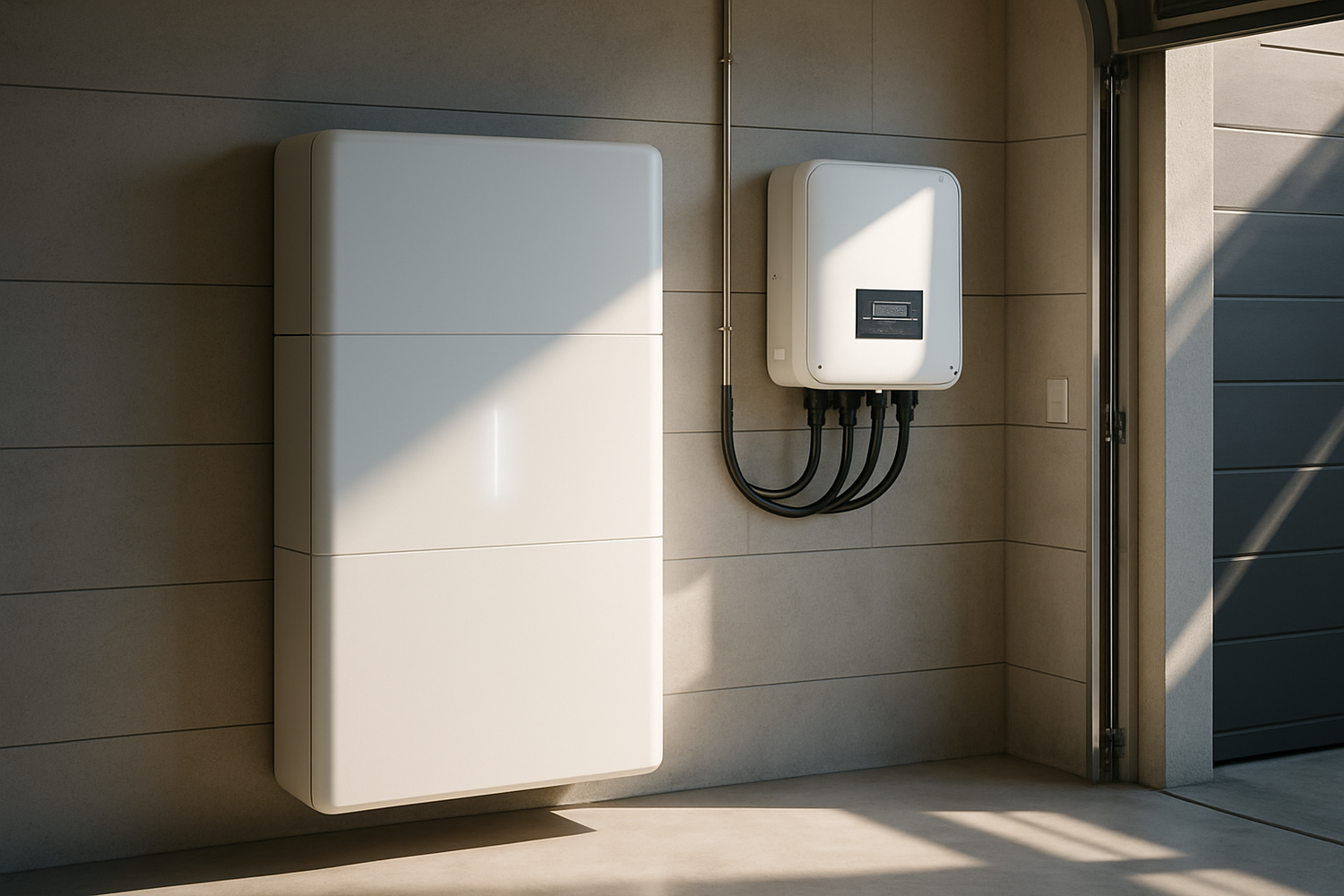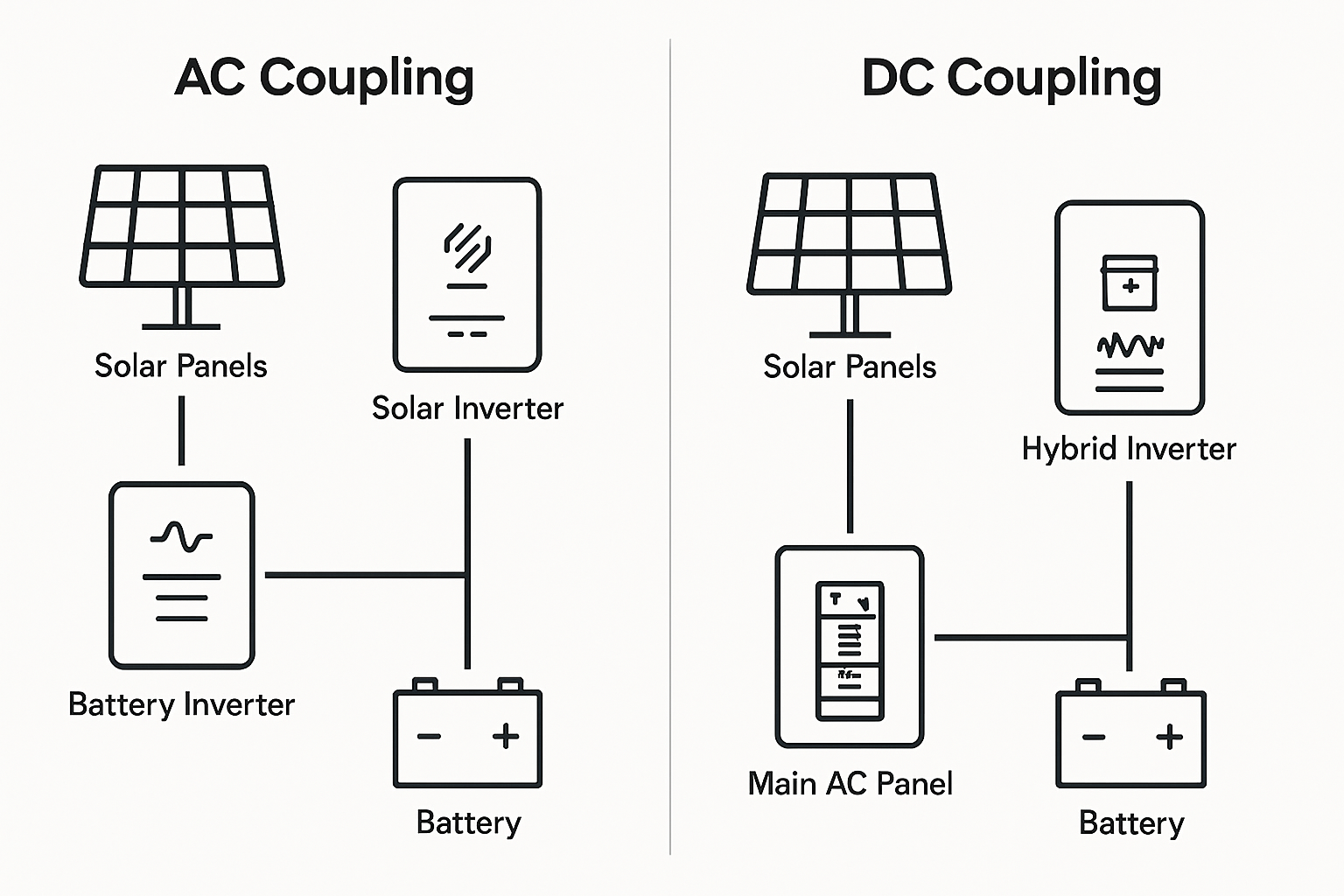As interest in residential solar energy grows, so does the curiosity surrounding battery storage. An energy storage system can provide backup power during outages and help reduce reliance on the grid. Yet, common misconceptions about the cost and lifespan of lithium batteries often create hesitation. Separating fact from fiction is key to making an informed decision about your home's energy future.
Myth 1: Lithium Batteries Are Prohibitively Expensive for the Average Homeowner
The initial price of a home battery system is a significant consideration, but the idea that it's completely out of reach for most is becoming outdated. While the total cost for a professionally installed system can range from $9,000 to over $19,000, several factors make this investment more accessible than it appears.
The Reality of Evolving Costs
For over a decade, the cost of lithium-ion battery packs has been on a steep downward trend. According to analysis from BloombergNEF, prices fell 14% in 2023 alone to a record low. While market fluctuations and supply chain dynamics can cause temporary price shifts, the long-term trajectory is clear. As manufacturing scales up and technology improves, costs are expected to continue to fall, making residential solar storage an increasingly viable option.
Calculating the True Value
Looking beyond the upfront price is essential. The Levelized Cost of Storage (LCOS) provides a more accurate picture by calculating the cost per kilowatt-hour over the battery's entire lifespan. This calculation includes the initial investment, maintenance, and the total energy the battery will deliver. When you factor in savings from avoiding peak utility rates, participating in grid services programs, and federal or local incentives, the long-term economic case becomes much stronger. According to a report from the IEA on Batteries and Secure Energy Transitions, further innovation is projected to reduce global average lithium-ion battery costs by an additional 40% between 2023 and 2030.
Myth 2: Solar Batteries Only Last a Few Years Before Needing Replacement
A common fear is that a solar battery will degrade quickly, much like a mobile phone battery, and require a costly replacement in just a few years. This misunderstands the technology and durability of modern residential energy storage systems.
Understanding Lifespan Metrics: Cycles vs. Years
A battery's lifespan is not just measured in years but also in charge cycles. A cycle is one full charge and discharge. High-quality lithium batteries are designed for thousands of cycles. For example, a battery warrantied for 6,000 cycles could last over 16 years with one cycle per day. Most manufacturers offer warranties for at least 10 years, ensuring a long service life.
The Durability of LiFePO4 Chemistry
Not all lithium batteries are the same. Lithium Iron Phosphate (LiFePO4) has become a leading chemistry for stationary energy storage due to its remarkable stability and longevity. LiFePO4 batteries can often endure 5,000 or more cycles while retaining a high percentage of their original capacity. Their chemical structure is more robust and less prone to the stresses that cause other lithium-ion types to degrade faster, making them a reliable, long-term component of a home energy system. For a deeper look at these metrics, the ultimate reference on solar storage performance offers detailed insights into how different factors affect battery longevity.
Myth 3: Battery Capacity Degrades Quickly, Making Them Ineffective
The concern that a battery will rapidly lose its ability to hold a charge is valid, but the reality of degradation is far more gradual and predictable than many assume.
The Science of Gradual Degradation
Battery capacity fade is a natural process, but it doesn't happen overnight. In a well-managed system, the loss is slow and incremental over many years. Factors like Depth of Discharge (DoD)—how much capacity you regularly use—and operating temperature play a role. Modern systems use sophisticated software to manage these factors and optimize the battery's health, minimizing degradation.
Warranties as a Guarantee of Performance
To address this concern directly, manufacturers provide robust warranties that guarantee a specific level of performance. A typical warranty ensures the battery will retain at least 70% of its original storage capacity after 10 years or a set number of cycles. This provides a clear benchmark for performance and protects your investment, ensuring the battery remains effective for its entire warrantied life.
Myth 4: The Upfront Cost is the Only Major Expense
When budgeting for a home battery, it's important to understand the total project cost, which extends beyond the price of the battery unit itself.
Factoring in Installation and Integration
A complete residential energy storage system includes several components. The total installation cost, which can average between $9,000 and $19,000, covers not just the battery but also labor, an inverter, and other balance-of-system equipment. According to the National Renewable Energy Laboratory, professional installation is a significant part of the total investment, ensuring the system is set up safely and operates correctly.
Long-Term Maintenance and Operational Costs
One of the key advantages of modern lithium battery systems, particularly those using LiFePO4 chemistry, is their minimal maintenance requirements. Unlike older battery technologies that required regular servicing, these systems are largely self-sufficient. This low-maintenance profile contributes to a lower total cost of ownership over the system's life.
Myth 5: All Lithium Batteries Offer Similar Performance
The term 'lithium-ion' covers a range of different chemistries, each with distinct characteristics. Assuming they are all the same is a critical oversimplification.
Comparing Lithium-Ion Chemistries
For residential use, the two most common types are LiFePO4 and Nickel Manganese Cobalt (NMC). While NMC batteries offer higher energy density, making them popular for electric vehicles, LiFePO4 batteries provide superior thermal stability, safety, and a significantly longer cycle life. This makes LiFePO4 the preferred choice for home energy storage, where safety and longevity are top priorities.
The Importance of a Battery Management System (BMS)
Regardless of the chemistry, the Battery Management System (BMS) is the brain of the operation. This crucial component monitors cell voltage, temperature, and current. It protects the battery from overcharging, over-discharging, and overheating, which are vital for both safety and maximizing its lifespan. A high-quality BMS ensures all cells work together efficiently, delivering reliable performance for years.
A Clearer View on Battery Storage
Navigating the world of lithium battery storage can seem complex, but understanding the facts behind these common myths is the first step. While the initial investment is notable, advancements in technology have made modern battery systems more affordable, durable, and reliable than ever. By focusing on the long-term value, proven lifespan, and superior safety of chemistries like LiFePO4, you can confidently evaluate how energy storage can contribute to your energy independence.
Frequently Asked Questions
How long do solar batteries last for a home?
A modern residential solar battery, particularly a LiFePO4 model, is designed to last for 10 to 15 years or longer. Its lifespan is typically defined by a warranty covering a certain number of years (usually 10) and charge cycles (often 5,000 or more), ensuring long-term performance.
Is the cost of solar battery storage worth it?
The value of a solar battery depends on your specific circumstances. It is often a worthwhile investment if your utility has low net metering rates, if you experience frequent power outages, or if you want to maximize your use of clean energy and achieve greater energy independence. Federal and state incentives can also significantly improve the return on investment.
What affects the lifespan of a residential solar battery?
Several key factors influence a battery's longevity. These include the number of charge/discharge cycles, the depth of discharge (how much energy you use in each cycle), the operating temperature, and the quality of the integrated Battery Management System (BMS), which protects the battery from damaging conditions.





Leave a comment
All comments are moderated before being published.
This site is protected by hCaptcha and the hCaptcha Privacy Policy and Terms of Service apply.